Lawmakers pursue obscure legislative process for blocking a rule created to give the public more say in management plans for 245 million acres of BLM public lands
Sportsmen, landowners, and former Bureau of Land Management employees strongly criticized a move by senators and representatives to overturn the BLM’s revised land-use planning rule, known as Planning 2.0. Using the obscure and rarely used Congressional Review Act, federal decision makers took a first step toward repealing the new rule and rolling back opportunities for the public to have more say in land management decisions.
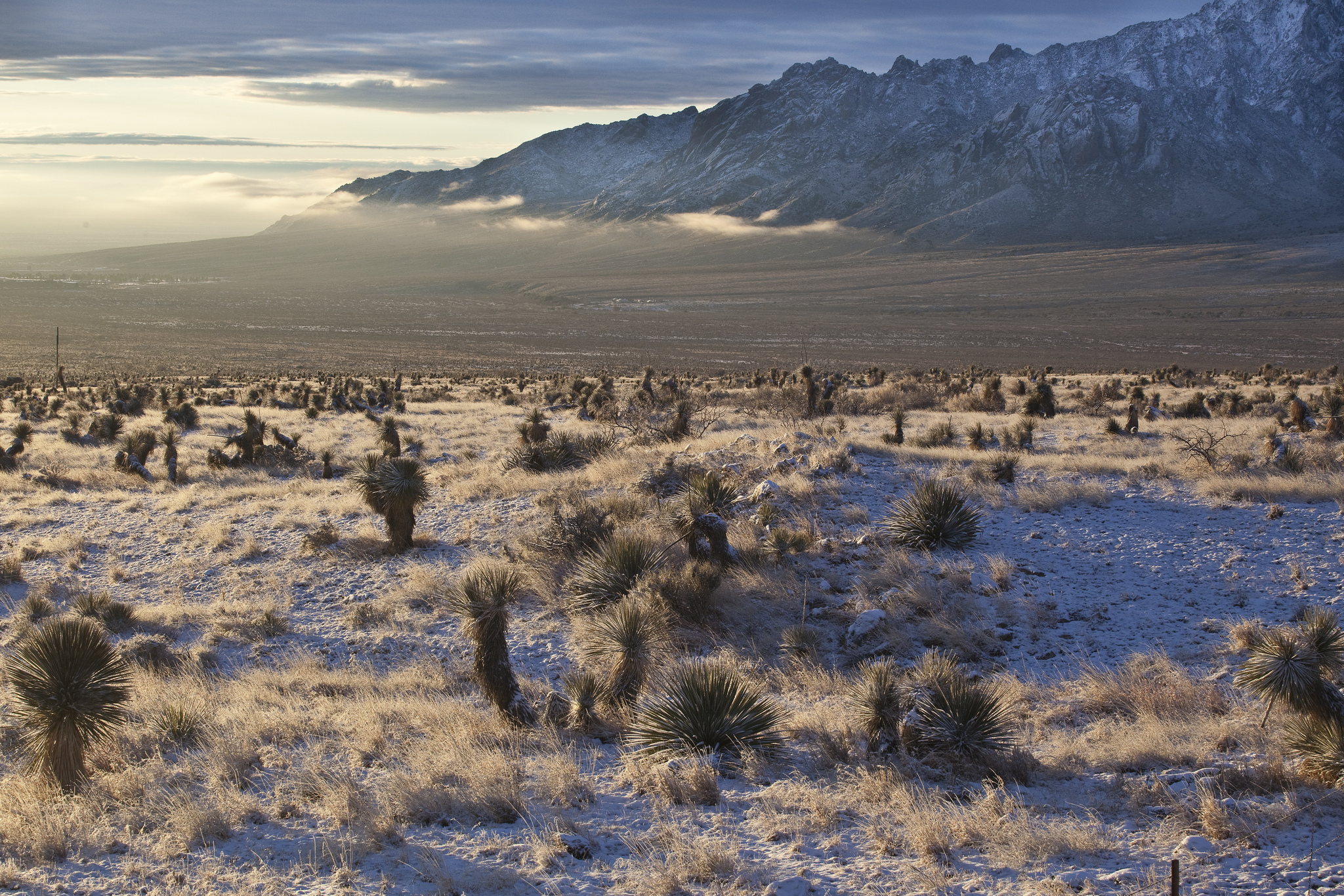
In a statement, Senate co-sponsors of a Congressional Review Act resolution cite bad information as motivation to revoke the rule, namely that the final rule fails to prioritize feedback from all stakeholders, including local governments. However, if lawmakers are successful, the BLM would continue using outdated guidelines for land-use planning established in 1983, which keep the public in the dark until very late in the planning process.
“It has been publicly recognized by county commissioners and conservation districts that the BLM took meaningful steps between the draft and final planning rules to accommodate requests from local governments and the public in reworking land-use planning,” says Whit Fosburgh, president and CEO of the Theodore Roosevelt Conservation Partnership. “Now, Congress is taking steps to reduce agency transparency and limit the public’s ability to have a say in how their public lands are managed. While a few concerns might remain, Congress is going about this the wrong way.”
The Congressional Review Act is a little-known law that enables Congress to roll back regulations within 60 legislative days of their enactment. The BLM planning rule, while under development since 2014, was finalized in December 2016, so it falls within the window of eligibility for repeal by the CRA. The process has only been successful once.
“The Western Landowners Alliance supports the BLM’s efforts in updating planning to meet today’s needs in the West,” says Lesli Allison, executive director of the Western Landowners Alliance. “There are opportunities for improvement, but not to the detriment of eliminating all the good progress that has been made to date. We believe working through the Secretary of Interior is the best way to achieve our goals and constructively address any remaining concerns with the rule.”
Most disturbingly, once a rule is overturned through the CRA, no new rule that is “substantially the same” can be developed.
“A Congressional Review Act repeal would eliminate Planning 2.0 and likely eliminate the BLM’s authority to revise their planning regulations ever again in the future,” says Jesse Juen, president of the Public Lands Foundation and a longtime BLM employee. “Instead of stripping the incoming Secretary of the Interior of his authority before he takes office, lawmakers should work with the new administration to make refinements to a planning process that many stakeholders championed.”
Hunters and anglers in Western states can click here to write their lawmakers and urge them to let Planning 2.0 stand.

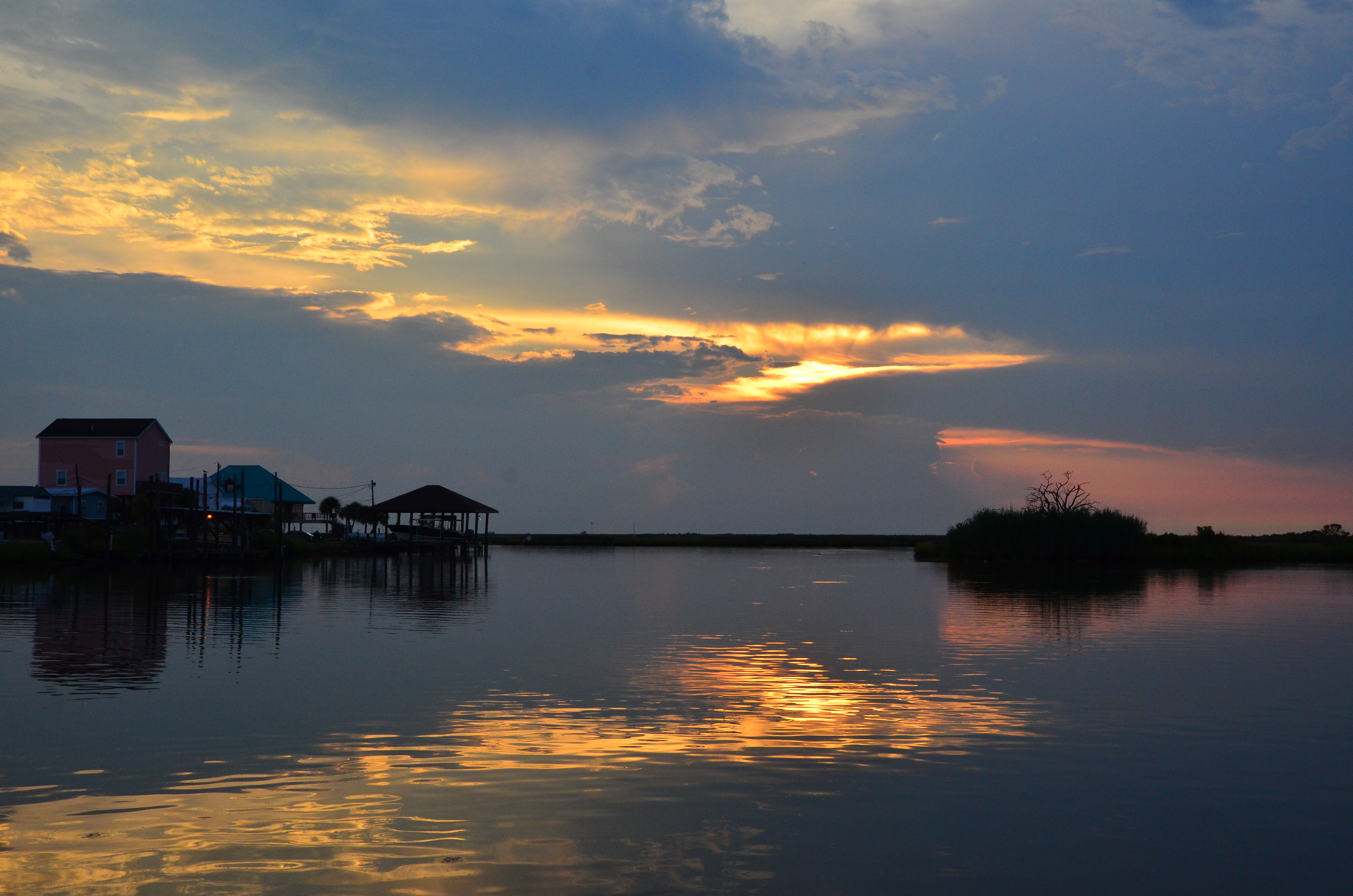
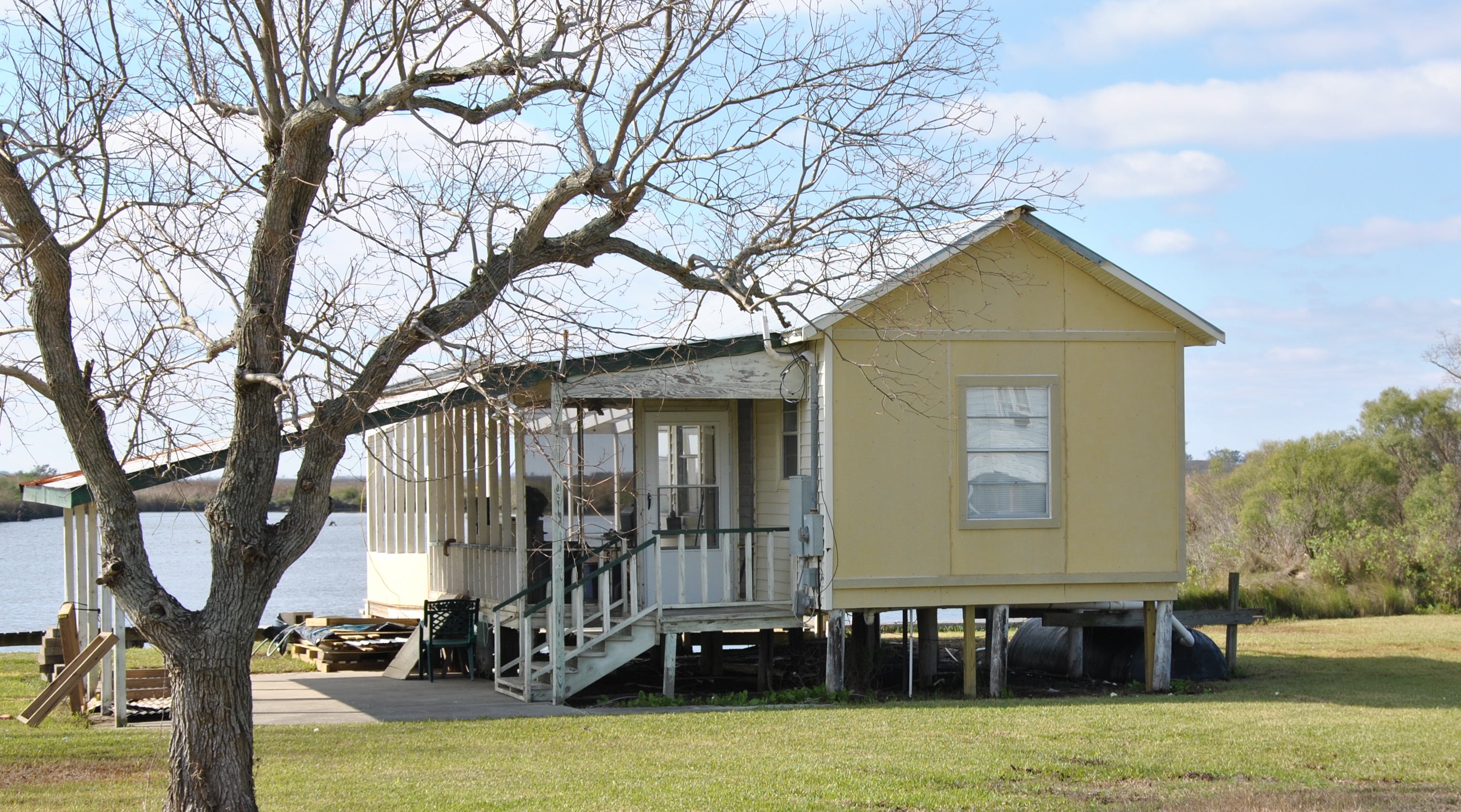
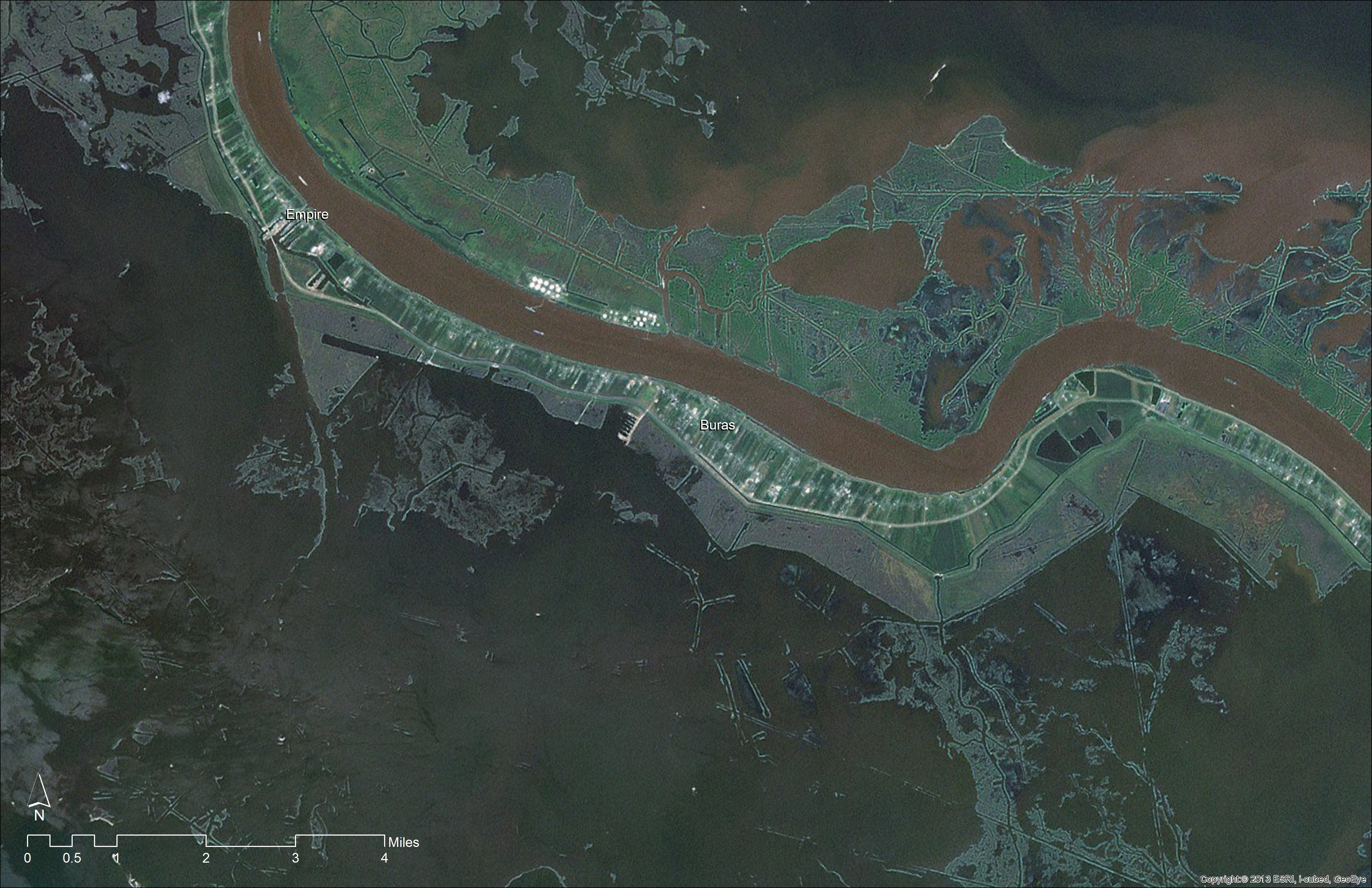
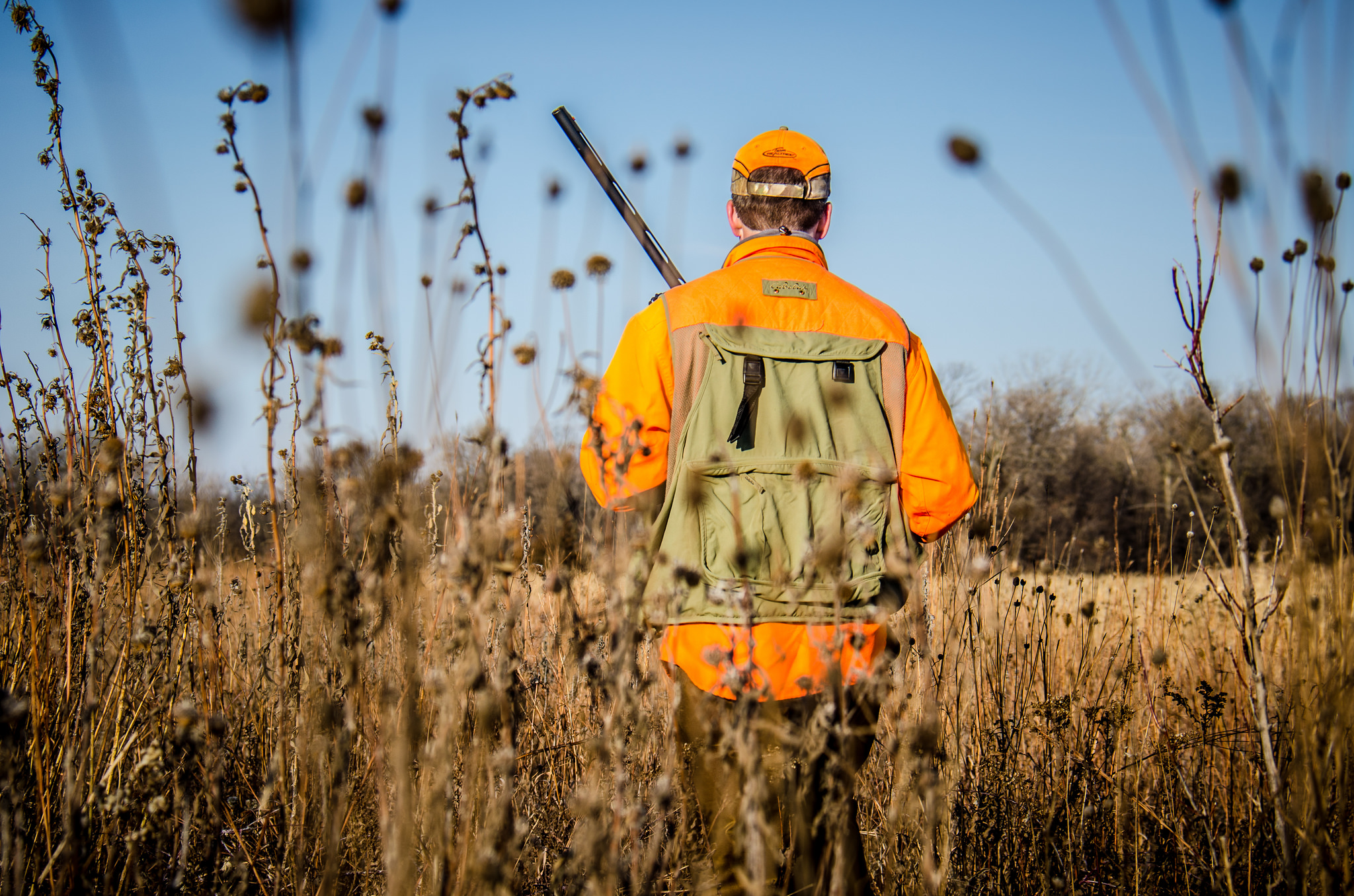
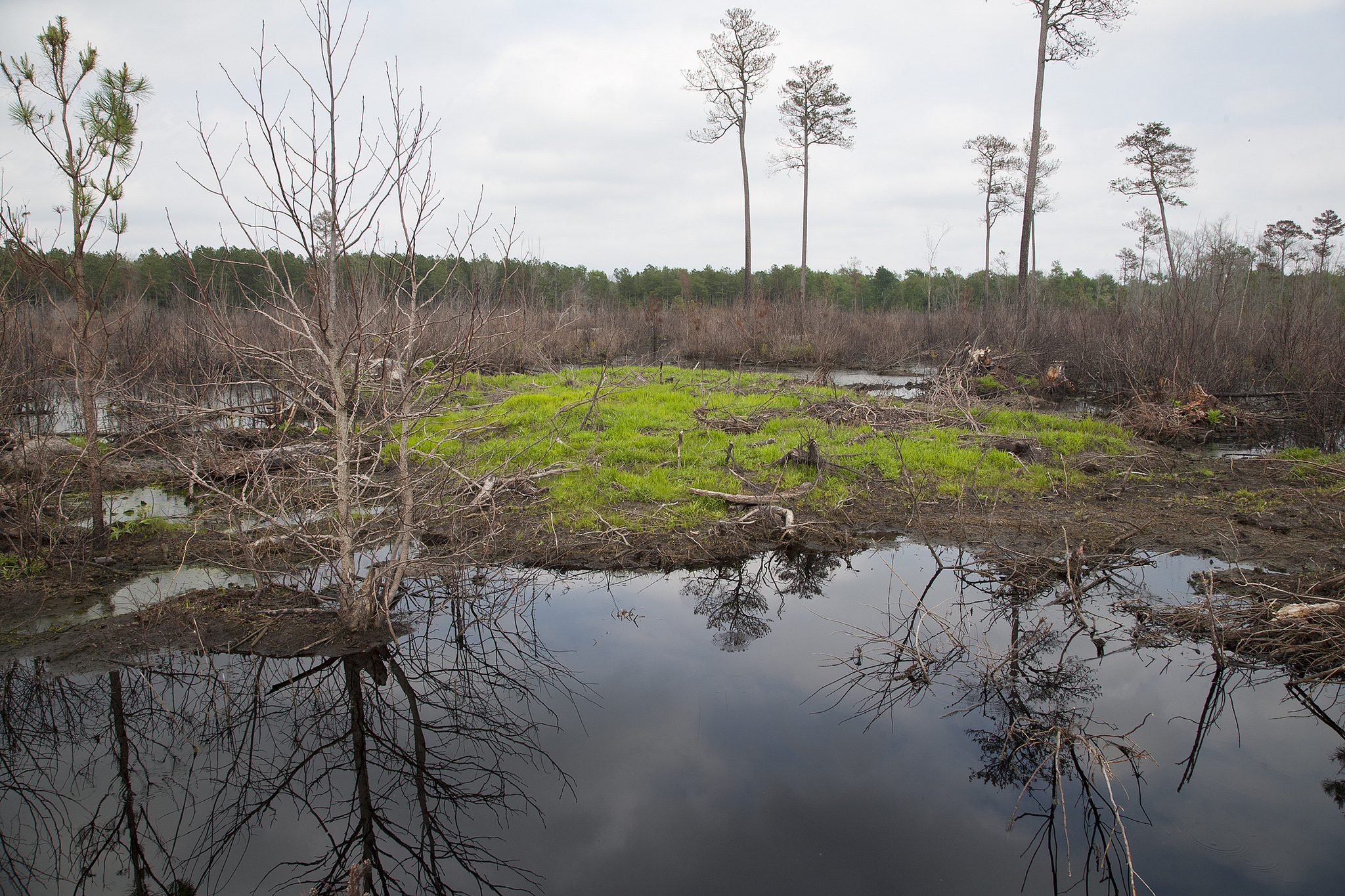
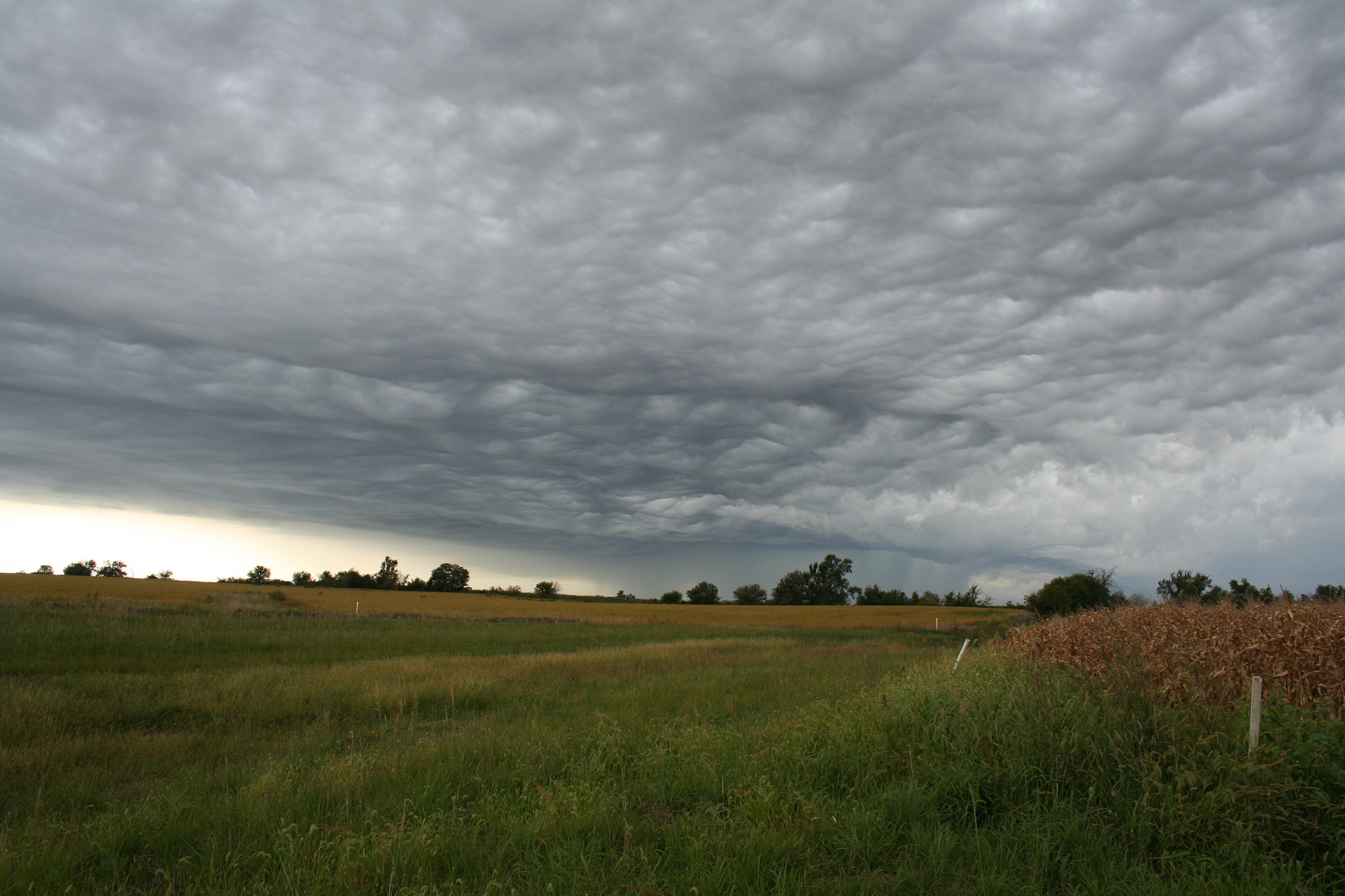
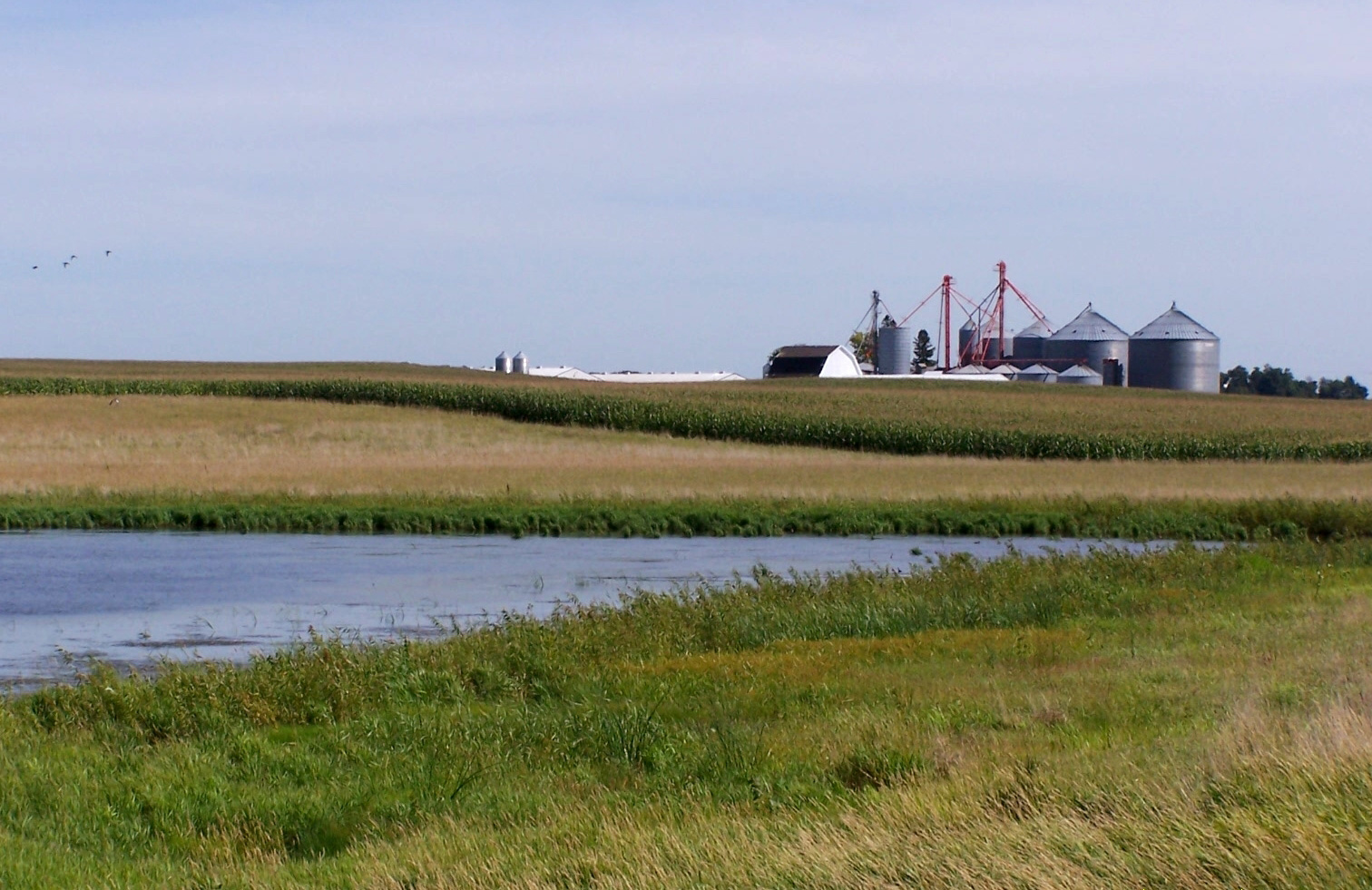






As a former resident and lifelong lover of the Mojave, I am extremely disappointed and distressed to know of this; and I believe it is so wrong, for the other living beings who share our last remaining undeveloped lands, for the environment, for our natural infrastructure, and for the people not only of this land, but of the world, to whom these lands and living beings are treasures not to be disregarded or devalued.
Keep public lands public
http://wildmontana.org/wild-word/zinke-flip-flops-on-public-lands-transfer
Please be nice; there is a great contingent of TR Republicans working with you!
More Republican Obstruction. Had Enough America?
Don’t take away our public lands. There’s been too much privatization already in the U.S.
What the hell did you think when the Gun right wackos supported the republican party and the big business, oil, coal and other industries that are well known for polluting our lakes, streams, rivers, ground water, land and air.
Elections have consequences and you folks supported the king and all his men. GREED is what is!
Public lands are one of the great parts of our American Heritage that once gone are gone. A heritage coveted by the rest of the world and used as a model and appreciated by Americans and the rest of the world alike. We must not act on impulse as if there were no tomorrow.
You’re right Gary, I was thinking about lending support to TRCP, but since I now know it is only for the far-left liberal agenda, I will go to some other organization that will protect the rights of all Americans.
Feel freel to continue being distracted by ideology. Wildlife and public lands care little about political leanings. Realize an agenda to dispose of public lands is just that, an agenda. Don’t be foolish.
We must recognize the forces that swept the new republican majority and presidency into office were empowered by PACs and dark money from developers and extraction industries. The rolling back of safeguards for clean air, water and land use were objectives that shrewd political action and unchecked campaign financing accomplished. Until campaign financing reforms are adopted, our environment and the lands we love will continue to be for sale.
I’ve always been inspired by Ducks Unlimited and their efforts to preserve wildlife refuges since the 70’s. Hunters, fishermen and hikers have a lot in common with ‘tree-huggers’. The root of conservative is the same as conservation. This issue of preserving our public lands transcends political leanings.
Alan
Charlotte, NC
Public Land should be maintained for the public. More land should be acquired, not sold!
Why is it Republicans/conservatives always are trying to limit the rights of individuals wake up conservationists..Democrats are more friendly for hunters and outdoorsmen/women
Appreciate you guys getting the word out so we can take action. However, it would really help if you cited the specific provisions in pending legislation by resolution number and title so that when I call my elected officials I can speak intelligently having researched the congress.gov website. The more information we have, the more convincing our arguments will be. Thanks again!
Open your minds to a place we all can go too, free, wild, undeveloped, That’s our public lands.
These public lands are Federal lands, they never have belonged to the states.
I heard about this issue over facebook, and being a outdoor enthusiast, I tried to do more research on what exactly is going on in Congress and what these bills are say. All the information I can find are different articles written by people only containing their opinion on the matter. I would like to see more cited facts and actual evidence of what is going on. I do not appreciate that the reporters of today focus more on their own opinion rather than the facts and evidence showing what exactly is happening. I would like to make a more educated decision on this, but find that I can not because it seems like it is a political battle, instead of a battle to keep our public lands public.
That being said my opinion on public lands is that they should be kept public, but I don’t understand why we need the federal government telling the the states how to manage their public lands. It seems to me, no matter what side of the isle you are on, that everyone knows that the government over spends and misuses. I would like to see the states taking care of their own land, as long as I know that the states still follow guidelines that will protect the environment.
As a citizen of the United States I demand a say in Public Lands are managed. Please let Planning 2.0 stand. This is outright theft of one of our basic Rights
You have the moral imperitive to do the will of the people. That is what you are elected to do. The majority of people in the US want the wilderness protected.